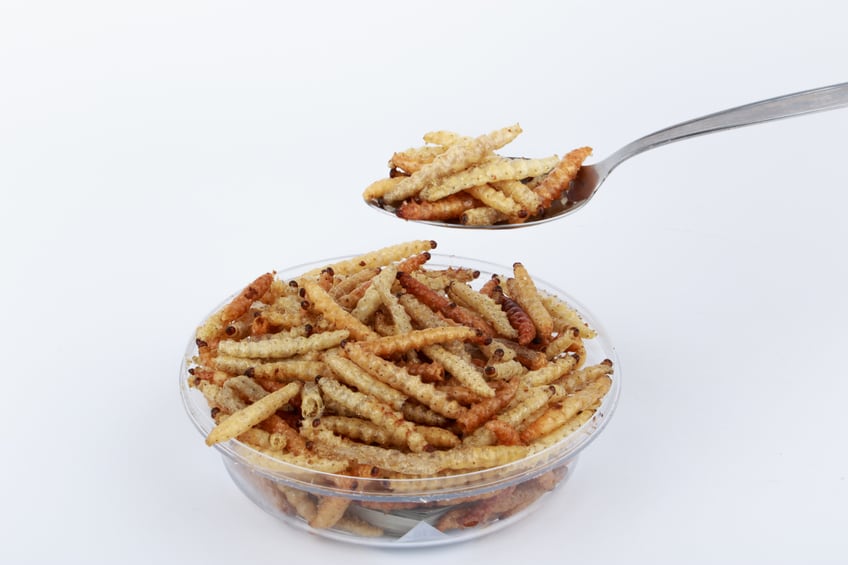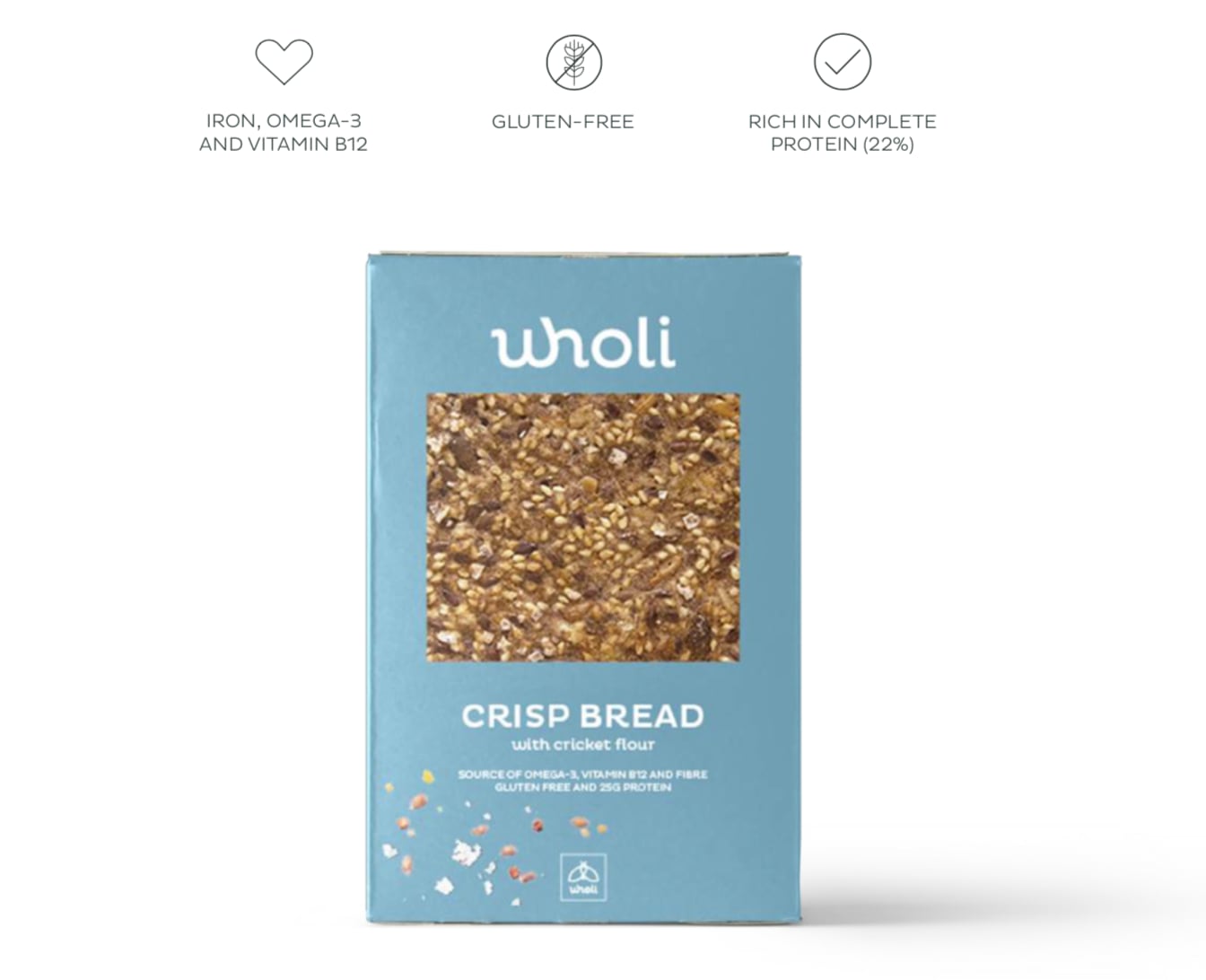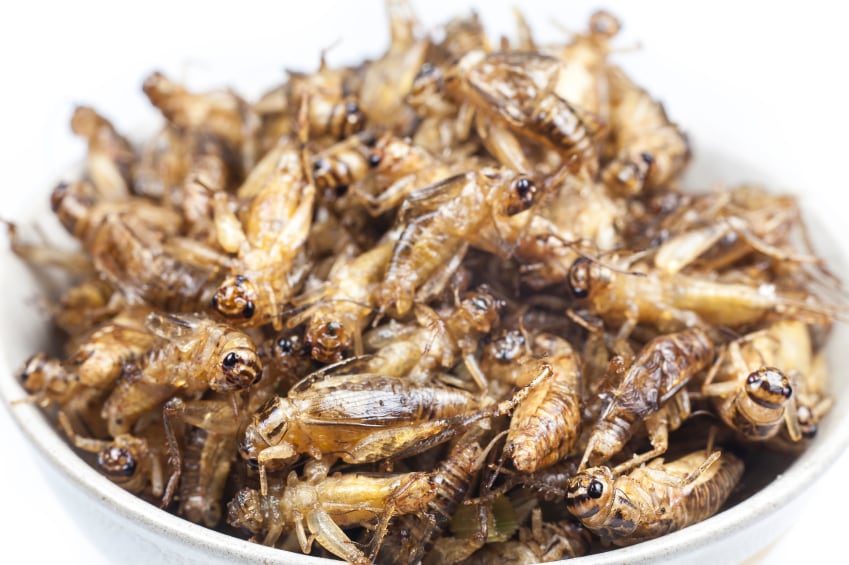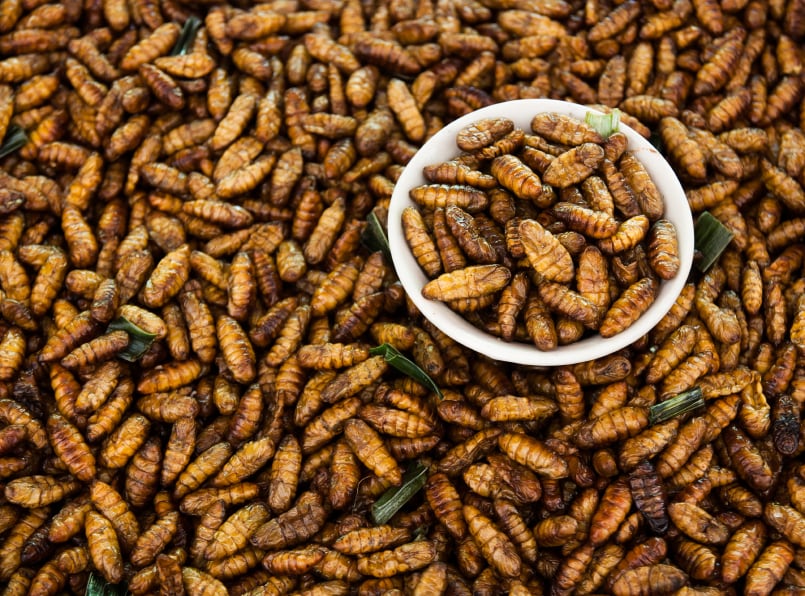Gen Z -- those born from 1995 to 2012 -- is continuing the trend set by millennials in choosing to spend more money on goods from sustainable or ethical companies. A recent study by Greenmatch concluded that the “The buying habits of Gen Z have yet to be fully discovered, but it is clear that the next generation will change the business landscape through greater consumer activism than past generations.”
This excites the nascent insect food industry, which is keen to promote edible insects as a sustainable food alternative.
“The interesting thing about young people is that when I was 17 or 18 I was thinking about where I was going to go out on a Friday night. But 17- or 18-year old’s now are thinking about their choices are what their effects are going to be on their kids at such a young age," said Neil Whippey, co-founder of Eat Grub.
"I think that’s where generation Z takes a huge difference from the millennial or generation X.”
Kiti Soinine, category director for UK food & drink research at Mintel, which gathers information about consumer trends, agreed there is a big disconnect between older and younger eaters, who tend to ignore the ‘ick’ factor of eating such products.
“You do still get people saying ‘never in million years will I put a bug in my mouth’,” she said. “On the positive side, younger consumers in particular do show a much more open mindset. Some because they think it’s sustainable; some because they think it’s exciting.”
Insect brands are working with schools to get the message across to younger people that eating bugs is a good nutrition source.
“They’re up for trying any insect you throw at them,” said Nick Cooper, managing director of Crunchy Critters, which sells dehydrated mealworms, crickets, locusts, ants and grasshoppers through its website and also supplies to schools. “The future is definitely the youngsters, without a shadow of a doubt. And we’re looking to play on that interest.”
Can eating insects save the world?
- 80% of nations eat insects
- The UN estimates up to 1,900 types of insect are eaten by around two billion people around the world
- Crickets produce 11 times more food than cattle for the same amount of feed
- Cattle need 10 times more land than mealworms per unit weight
- Crickets require 1,000 times less water than cattle to produce the same amount of protein
- Mealworms produce at least 14 times fewer greenhouse gas emissions than cattle
Source: Woven Network
Regulatory bugbears
Demand from the younger generation is providing optimism as the industry struggles with regulatory hurdles. We are currently in a transition period as the EU considers what insect ingredients will be included in its list of authorised novel foods. This decision will be made at the end of the year. Until then, producers can sell only a small selection of ingredients, such as buffalo worms, mealworms, grasshopper and crickets, that the EU is considering putting on the authorised novel food list.
Regulatory uncertainty has not, however, prevented this fledgling industry from making inroads into the mainstream. There is an increasing range of insect-based products, such as whole/flour, snacks, health bars, pasta, pasta sauce and burgers. As well as its environmental benefits, it is claimed there are numerous health benefits from eating bugs and insects.
In November last year, Sainsbury’s became the first UK supermarket to stock edible bugs. It sells Eat Grub’s Smoky BBQ Crunchy Roasted Crickets in 250 stores across the country -- a savoury snack that can eaten alone or used to garnish dishes such as tacos, noodles or salads. The packets cost £1.50.
But this success story illustrates another challenge for the industry: should these foods mimic what the consumer already knows? Or is it a new group entirely, offering totally new recipes?
This is a challenge that Whippey understands well. “You can fit into so many different parts of the market and it’s an ingredient that can sit across many categories,” he said. “If you’re looking at producing an insect-based product you’ve got to think ‘what’s the occasion I’m going to have someone eat my product and how and how am I going to market that?’ Consumers have absolutely no idea what to do with it so you’ve got to be really clear with yourself and with the consumer about that exact occasion.”
Where chefs lead, we follow
Chefs can help here, claim the insect producers. Take Grub Kitchen in Pembrokeshire, which is the UK’s first dedicated insect restaurant and which is soon to launch a recipe book.
There are also of other examples of products once considered weird and whacky – such as sushi -- becoming popular with UK consumers. “Part of the success story for sushi has been that it trickled down from top-end restaurants through to the mainstream through to the supermarket shelves,” said Soinine. “So I think there’s something to be said for that education [about insects] coming through the food service sector.”
The next superfood?
Crickets provide:
- 59% protein
- All nine essential amino acids
- Full range of B vitamins/high in B12
- High in zinc, copper, potassium, magnesium and manganese
- High in Omega 3 and folates
- Source of iron and calcium
Source: Woven Network





